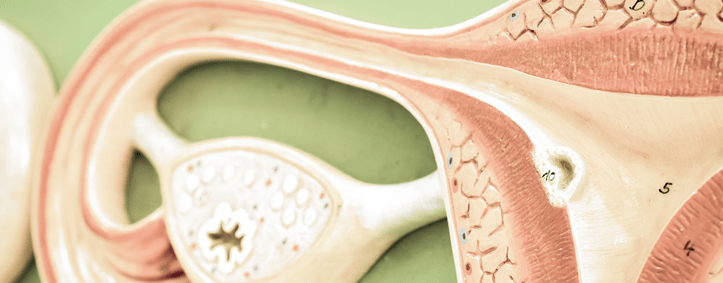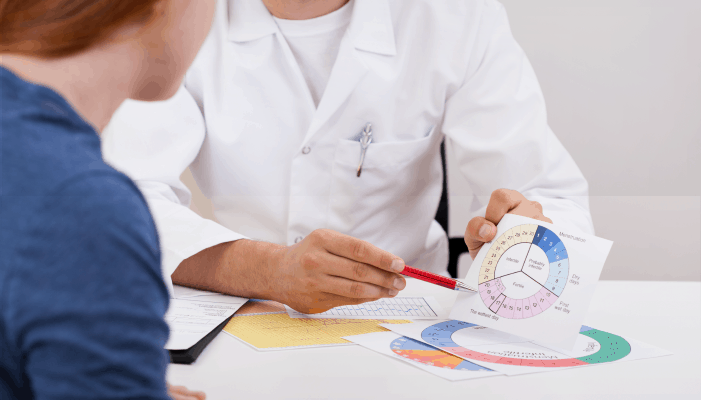For the formation and growth of the baby, a woman’s metabolism during pregnancy must provide more nutrients and energy than she needs for herself. You need to metabolize food efficiently and quickly. This extra effort can lead the pregnant woman to metabolic imbalances such as gestational diabetes.











